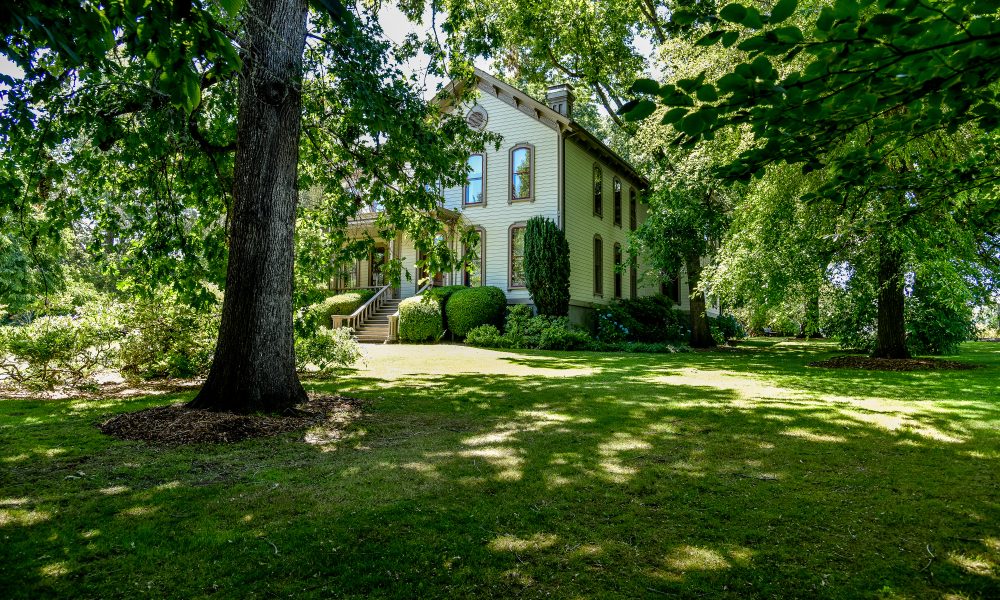
Half of Salem and Keizer neighborhoods are not affordable for renters as rents have climbed faster than inflation over the past five years, according to new U.S. Census Bureau data.
In neighborhoods across central, north and east Salem, a renter earning the neighborhood’s median income spends more than 30 percent of that income on rent. That number is as high as 41 percent in Salem’s least affordable neighborhoods.
Government housing programs have long used the 30 percent threshold as a measure of affordability.
The data gives insights into housing costs at a time when homelessness and affordable housing are growing concerns for Salem residents.
Data from local agencies shows that many people on the verge of becoming homeless struggle to afford rent. As of March 2018, some 664 Salem-area residents were on a waitlist for financial help to avoid becoming homeless, according to data from the Mid-Willamette Valley Community Action Agency.
Communities where people spend one-third or more of their income on rent can expect a more rapid increase in homelessness, according to research published Wednesday that was funded by Zillow, a real estate company.
“Income growth has not kept pace with rents, leading to an affordability crunch with cascading effects that, for people on the bottom economic rung, increases the risk of homelessness,” the study concluded.
Despite a political focus on homelessness and public investments in affordable housing, the data show Salem has had a housing affordability problem since at least 2009, and the situation isn’t improving.
On average, renters have spent roughly a third of income on rent for at least the past decade, Census data shows.
The Census data covers tracts – a subdivision of a county with about 4,000 people –from 2013-2017. Those tracts roughly correspond with Salem neighborhoods.
Citywide, rent is rising about as fast as household income when adjusted for inflation. Rent is up about 5 percent in the past five years, while household income is up 6 percent.
But there are wide variations between neighborhoods, including many areas where household income has declined.
Most of Salem’s least affordable neighborhoods have seen either high growth in rent or stagnation or declines in household income over the past five years.
Those neighborhoods typically do not have the highest rents. Renters in a tract near the Lansing neighborhood, east of the state fairgrounds, pay a median rent of $813 per month, less than Salem’s average of $988.
But the typical Lansing household spends 40 percent of its income on rent and has seen household income decline about 8 percent over the past five years. East Lancaster residents spend a similar percentage of income on rent.
People living in most parts of south and west Salem pay more in rent, but also earn more.
Unlike many larger cities, Salem’s cheapest neighborhoods surround downtown, including the Highland area ($731 per month) and the part of West Salem immediately across the river ($741 per month).
What if you want to live in the most expensive part of town? That’s Census Tract 23.01, an area of southwest Salem between Skyline Road and Liberty Road south of Kuebler Boulevard, where the average rent is $1,190.
Got a tip? Reporter Rachel Alexander: (503) 575-1241 or [email protected].









